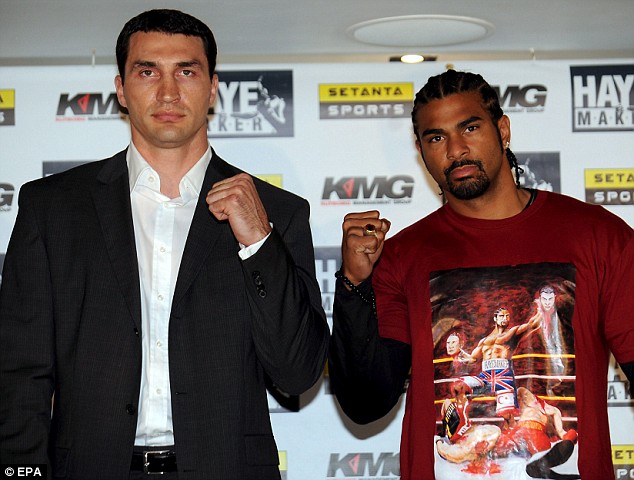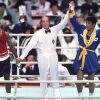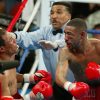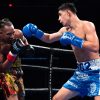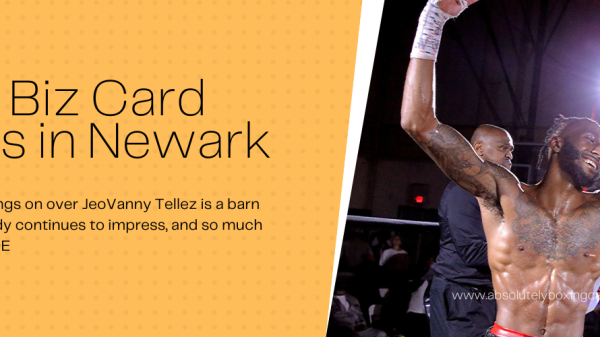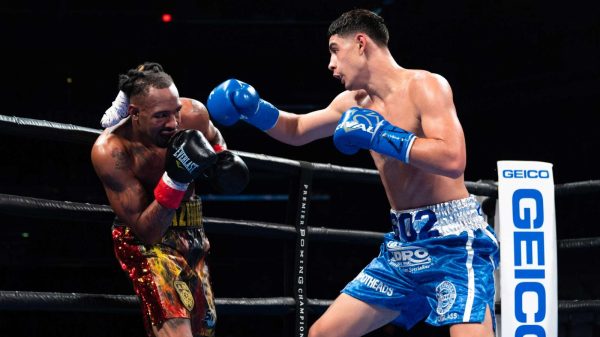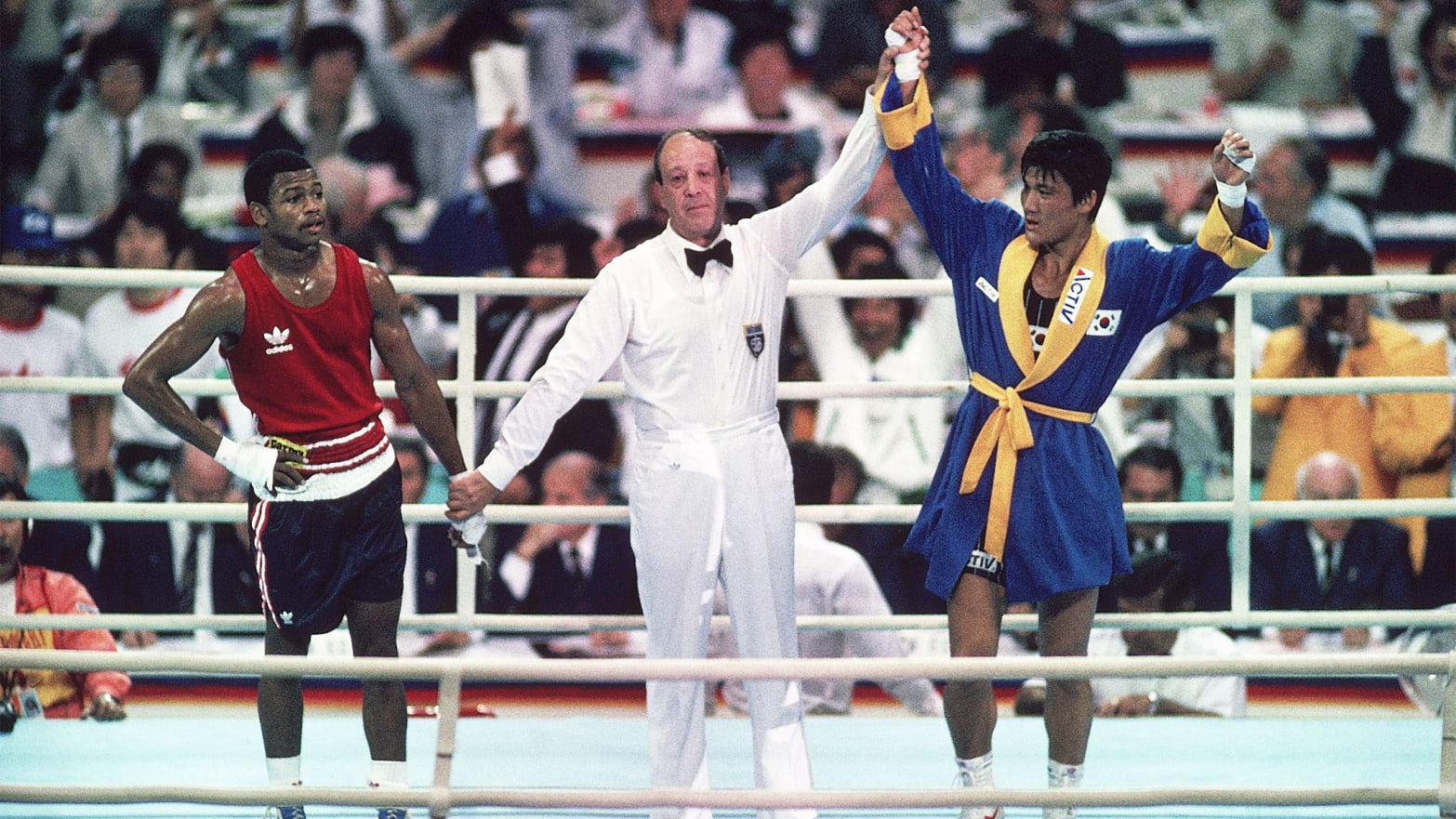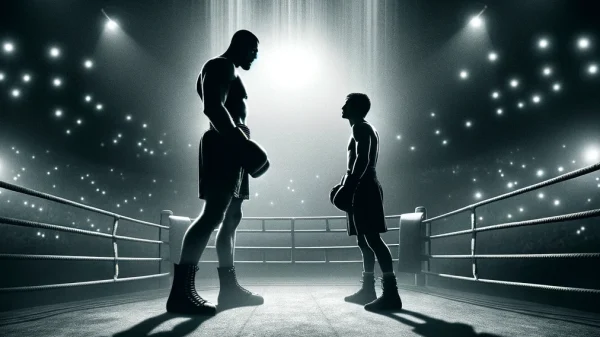The world of boxing has always been captivated by its heels—the provocateurs and antagonists who, through their brash personalities, controversial tactics, and undeniable skill, compel audiences to flock to their fights, many secretly or openly hoping for their downfall. These figures, often more than just athletes, become symbols of defiance, arrogance, or resilience that fans love to loathe. They possess an uncanny ability to get under the skin of the public, their every move scrutinized, their every word amplified into bold headlines.
In the ring, their fighting styles might range from defensively meticulous to aggressively unorthodox, but it’s their demeanor and antics outside the ring that truly set them apart. Whether it’s through pre-fight trash talk that crosses the line of sportsmanship, flaunting their wealth and success with a touch of arrogance, or being embroiled in controversies that blur the lines of fair play, these fighters master the art of the spectacle. They transform each bout into a narrative drama, where they play the villain in a story that the audience follows with bated breath, eager for a climax where the heel is finally humbled.
Such figures are not just athletes but master showmen, understanding intrinsically that boxing thrives not only on skill and strength but on the stories it tells. They draw crowds not just for their prowess within the ropes but for the drama they create outside of them, ensuring that seats are filled, pay-per-views are purchased, and the world watches, if only to see them defeated. In the grand tapestry of boxing’s history, these heels are as vital as the heroes, their roles ensuring the sport remains as much about the heart and storytelling as it is about the sweet science of boxing itself.
8. Chris Eubanks, Jr.
Chris Eubank Jr., known for his flamboyant personality and confident demeanor, epitomizes the classic heel characteristics in boxing. His penchant for theatrical entrances, often dressed in extravagant attire, sets the stage for his persona as the antagonist in the ring. Eubank Jr.’s pre-fight antics and press conference theatrics, where he exudes an air of superiority and dismissiveness towards his opponents, further cement his role as the villain in the eyes of many boxing fans. He has been known to openly question the heart and skill of his adversaries, creating a narrative that he is not just fighting an opponent, but battling against the perception and respect of the boxing community.
Moreover, his use of social media to taunt opponents and make bold, sometimes outlandish predictions about his fights amplifies his heel characteristics. Eubank Jr.’s approach to the sport, where he combines a legacy name with a modern-day boxer’s brashness, positions him as a figure many love to criticize yet cannot ignore. His ability to draw attention, whether through controversy or confidence, makes his bouts highly anticipated events, with spectators eager to see if his performance can match his words, further embodying the essence of a boxing heel.
7. Hector “Macho” Camacho
Hector “Macho” Camacho epitomized the boxing heel through his flamboyant style, both in and out of the ring, coupled with his brash personality and penchant for theatrics. Known for his dazzling ring attire that often included extravagant robes and glittering trunks, along with his larger-than-life persona, Camacho’s entrances were as much a part of his appeal as his boxing prowess. His flair for the dramatic and ability to play to the crowd made his appearances memorable spectacles, contributing to his heel status.
Camacho’s verbal jabs matched his physical agility, as he was never shy to engage in trash talk, boldly predicting the outcomes of his fights and belittling his opponents with a charismatic confidence that attracted as many detractors as it did fans. His confrontations during press conferences and interviews were marked by a cockiness that made many eager to see him face a comeuppance in the ring. Moreover, his lifestyle outside the ring, marked by legal troubles and flamboyant public appearances, kept him in the spotlight and fueled his reputation as a controversial figure in the sport.
Despite—or perhaps because of—his heel characteristics, Camacho’s fights became must-watch events, drawing audiences fascinated by the spectacle and eager to see if his performance could live up to his provocative words. Hector “Macho” Camacho’s blend of undeniable skill, theatricality, and controversy solidified his place as one of boxing’s most unforgettable characters, embodying the heel persona that made fans yearn for his triumphs and defeats with equal fervor.
6. Bernard Hopkins
Bernard Hopkins, also known as “The Executioner,” crafted a unique persona in boxing that blended exceptional skill with a psychological edge, making him one of the sport’s quintessential heels. Hopkins was notorious for his mind games and psychological warfare, often employing tactics to unsettle his opponents even before stepping into the ring. He famously threw down the Puerto Rican flag in front of Felix Trinidad and his fans during a press conference, inciting anger and controversy ahead of their bout—a move that showcased his willingness to play the villain to gain a mental advantage.
Hopkins’ in-ring style further cemented his heel status. He was a master of using rough, sometimes borderline illegal tactics that frustrated opponents and fans alike. His ability to ‘fight dirty’ within the confines of the rules, including holding, hitting on the break, and using his head, made many boxing enthusiasts eager to see him defeated. Yet, his undeniable talent and intelligence inside the ring made him a formidable opponent.
Moreover, Hopkins’ longevity in the sport, combined with his outspoken nature, kept him relevant and often polarizing. He was never shy to voice his opinions on the state of boxing, the quality of upcoming fighters, or to challenge the norms of the sport, ensuring that he remained a figure that elicited strong reactions from the boxing community. This blend of strategic antagonism, in-ring cunning, and vocal criticism made Bernard Hopkins a figure that fans loved to hate but respected for his contributions to boxing.
5. David Haye
David Haye, known as “The Hayemaker,” carved out a niche for himself in the boxing world not just through his knockout power and athleticism but also through his embodiment of the classic heel characteristics. Haye’s approach to the psychological aspects of boxing, particularly his pre-fight antics and trash talk, positioned him as a fighter fans were eager to see tested in the ring. His confident, sometimes bordering on arrogant, demeanor during press conferences and interviews often stirred controversy and heightened anticipation for his bouts.
One of Haye’s most notable heel moments came during the buildup to his fight with Wladimir Klitschko, where he wore a T-shirt depicting himself holding the severed heads of Wladimir and his brother Vitali, inciting outrage and adding a personal edge to their professional rivalry. This act, among others, showcased Haye’s flair for psychological warfare and his ability to draw attention to his fights, making them must-see events for both his supporters and those wishing to see him humbled.
Haye’s bold predictions and willingness to challenge fighters often perceived as being out of his weight class further amplified his heel persona. His venture into the heavyweight division and subsequent call-outs of larger opponents were seen as both audacious and a testament to his self-belief, a quality that both attracted and repelled boxing fans.
Moreover, Haye’s interactions with the media and his knack for making headline-worthy statements ensured that he remained a polarizing figure within the sport. Even after retiring from active competition, his transition into roles outside the ring, including promotion and punditry, has kept him in the public eye, where his opinions continue to stir debate.
David Haye’s contribution to boxing goes beyond his achievements as a cruiserweight and heavyweight contender. His heel characteristics—marked by psychological gamesmanship, controversial antics, and an unyielding confidence—have left an indelible mark on the sport, making his career a fascinating study of how a fighter can captivate the public’s imagination and elicit strong emotions, making fans eager to tune in, whether in hope of his triumph or in anticipation of his defeat.
4. Naseem Hamed
Naseem Hamed, also known as “Prince” Naseem, was a boxing enigma whose heel characteristics were as flamboyant and unorthodox as his fighting style. Renowned for his extravagant ring entrances, which often included elaborate costumes, dance routines, and even flying on a magic carpet, Hamed turned each fight into a spectacle, ensuring that the show began long before the first punch was thrown. This theatricality, combined with his brash confidence and penchant for trash-talking, solidified his reputation as a heel, captivating audiences who were equally eager to see his prowess as they were to witness his potential downfall.
Hamed’s in-ring antics, such as his exaggerated feints, hands-down defense, and taunting of opponents, further exemplified his heel persona. He was not just fighting to win; he was entertaining, often at the expense of traditional boxing decorum, which endeared him to fans and infuriated purists. His knockout power and unorthodox angles, coupled with his showmanship, made him a must-watch fighter, with spectators divided between admiration for his skill and a desire to see his theatrics curtailed by a formidable opponent.
Beyond the spectacle, Hamed’s bold predictions and claims of invincibility added layers to his heel identity. He was not content with merely winning; he sought to dominate and predict the manner of his victories, often claiming supernatural abilities in the ring. This arrogance, perceived by many as crossing the line from confidence to disrespect, made his bouts highly anticipated events, with the boxing community keen to see if his performances could match his lofty proclamations.
Despite the controversies and polarizing opinions, Naseem Hamed’s impact on boxing is undeniable. He brought a level of showmanship and unpredictability to the sport that transcended the traditional boundaries of boxing promotion and entertainment. His legacy as a heel is characterized not just by his achievements in the ring but by the indelible mark he left on the sport’s culture, blending unparalleled athleticism with a flair for the dramatic that made his era in boxing unforgettable.
3. Ricardo Mayorga
Ricardo Mayorga, often known as “El Matador,” is a figure in boxing whose heel characteristics were as pronounced and colorful as his fighting style. Mayorga’s approach to the sport was defined by his psychological warfare and outlandish behavior, both inside and outside the ring. He was notorious for his pre-fight antics, which included smoking cigarettes and drinking beer at press conferences, in a deliberate attempt to unnerve his opponents and defy conventional athlete stereotypes. This brazen disregard for norms, coupled with his provocative trash talk, positioned him as a quintessential heel, drawing the ire and fascination of fans and fighters alike.
Mayorga’s confrontational demeanor extended to his fighting style, characterized by wild, swinging punches and an apparent disdain for defensive tactics. His bouts were unpredictable and charged with a sense of imminent chaos, captivating audiences who were drawn to the spectacle of his performances. He had a knack for getting under his opponents’ skin, using personal insults and outrageous claims to dominate the pre-fight narrative, ensuring that his matches were as much about settling personal scores as they were about sport.
Beyond his antics, Mayorga’s resilience and power made him a formidable opponent. Despite his unorthodox approach, he possessed the ability to change the course of a fight with a single punch, keeping fans on the edge of their seats. His fights against boxing luminaries like Oscar De La Hoya, Shane Mosley, and Felix Trinidad were marred by his heel persona, with Mayorga using the buildup to these bouts to showcase his talent for psychological gamesmanship.
Ricardo Mayorga’s legacy in boxing is intrinsically tied to his identity as a heel. His career was a testament to the notion that boxing is as much about character and story as it is about athletic competition. Through his defiance, brashness, and undeniable courage, Mayorga became a figure that fans loved to hate but couldn’t ignore, contributing to some of the most memorable moments in the sport’s recent history. His persona challenged the boundaries of sportsmanship and entertainment in boxing, leaving an indelible mark on the fabric of the sport.
2. Tyson Fury
Tyson Fury, dubbed “The Gypsy King,” embodies the quintessential heel characteristics through his unparalleled charisma, psychological warfare, and controversial antics. Fury’s approach to boxing transcends the physical confines of the sport, delving deep into the mental and emotional aspects of his encounters. Known for his sharp wit and ability to verbally spar with opponents during press conferences, Fury often utilizes a combination of humor, insults, and mind games to unsettle his adversaries before ever stepping into the ring. His unpredictable behavior, which ranges from dressing as Batman at a press conference to spontaneously breaking into song, keeps both fans and opponents guessing, adding a layer of entertainment that is rare in the sport.
Fury’s towering stature and unorthodox fighting style, coupled with his ability to switch from orthodox to southpaw stance seamlessly, make him a formidable opponent in the ring. However, it’s his narrative outside the ring, marked by a very public battle with mental health issues, that has added depth to his heel persona. Unlike traditional heels, Fury’s vulnerability and openness about his struggles have endeared him to many, creating a complex character that defies the conventional villain archetype.
Despite this, Fury’s knack for controversy, including contentious comments and actions, ensures that he remains a polarizing figure in the sport. His remarkable comeback, culminating in regaining a world heavyweight title, has been both inspirational and contentious, embodying the duality of his character. Fury’s ability to dominate the media narrative, combined with his boxing prowess, makes each of his fights an event, drawing viewers who are as interested in the spectacle of his personality as they are in the outcome of the bout.
Tyson Fury’s contribution to the modern era of boxing is multifaceted. He revitalizes the sport with his unique blend of showmanship, resilience, and skill, challenging the boundaries of what it means to be a heel in boxing. His story is one of redemption, controversy, and triumph, making him not just a character in the boxing world, but a symbol of the complexities and contradictions that define human nature itself.
1. Floyd Mayweather Jr.
Floyd Mayweather Jr., known as “Money Mayweather,” masterfully crafted a persona that made him one of the most renowned heels in boxing history. Central to his heel identity was his uncanny ability to blend real-life drama and controversies into the narrative of his boxing career, thus promoting a persona that many fans loved to hate. Mayweather’s penchant for flaunting his wealth, luxurious lifestyle, and undefeated record played into his narrative of superiority, both inside and outside the ring. His persona revolved around the notion that he was not just better at boxing than his opponents but that he was also wealthier and more successful, creating a character that fans were eager to see defeated.
One of the most glaring examples of Mayweather using real-life drama to fuel his heel persona was in the buildup and aftermath of his fight with Conor McGregor. This event, dubbed “The Money Fight,” was not just a boxing match but a spectacle that blurred the lines between sports and entertainment. Mayweather’s promotion of the fight leveraged the vast cultural and stylistic differences between himself and McGregor, tapping into the audiences of both boxing and mixed martial arts. After securing victory, Mayweather openly bragged about “robbing” fight fans, claiming he made an exorbitant amount of money for what he implied was an easy fight, further inciting disdain among boxing purists and casual fans alike.
Mayweather’s persona, meticulously built around his unparalleled success and wealth, was not just a byproduct of his achievements but a calculated effort to remain at the forefront of the sport’s consciousness. He often used social media and public appearances to showcase his extravagant purchases, bets, and earnings, reinforcing the narrative that he was in a league of his own, both financially and athletically. This narrative was bolstered by his defensive fighting style, which, while incredibly effective, was often criticized for being “boring” or “cowardly,” adding another layer to the fans’ desire to see him lose.
Floyd Mayweather Jr.’s legacy is intertwined with his ability to manipulate public perception and use the drama of his personal and professional life to maintain his status as boxing’s top heel. His approach to the sport was as much about the spectacle and narrative as it was about the physical competition, ensuring that he remained one of the most talked-about and polarizing figures in the sport’s history.


